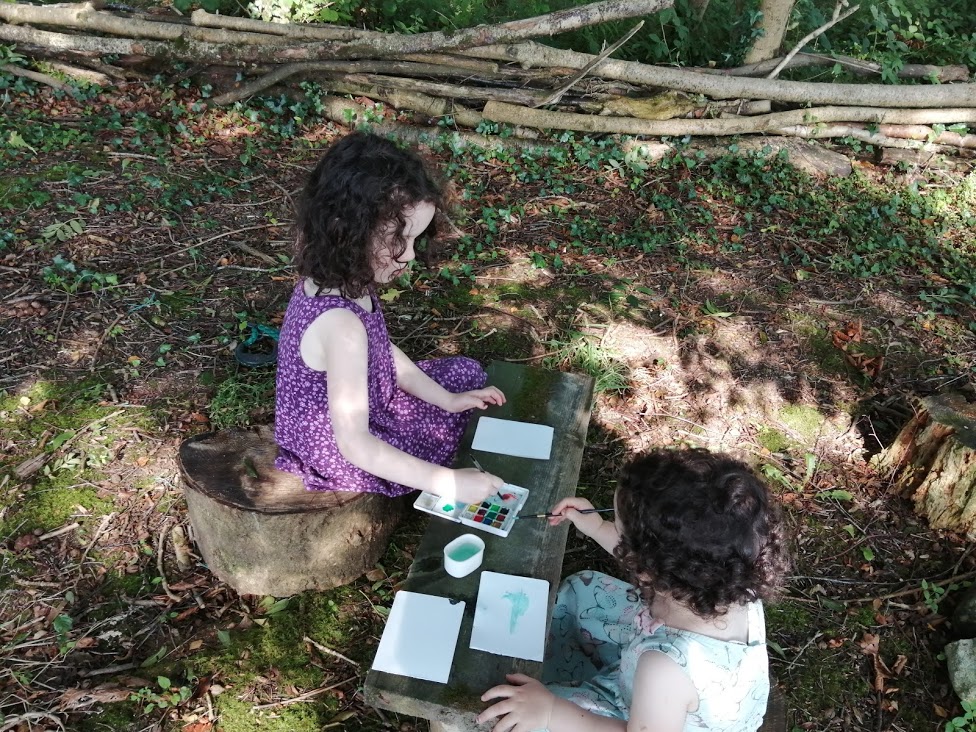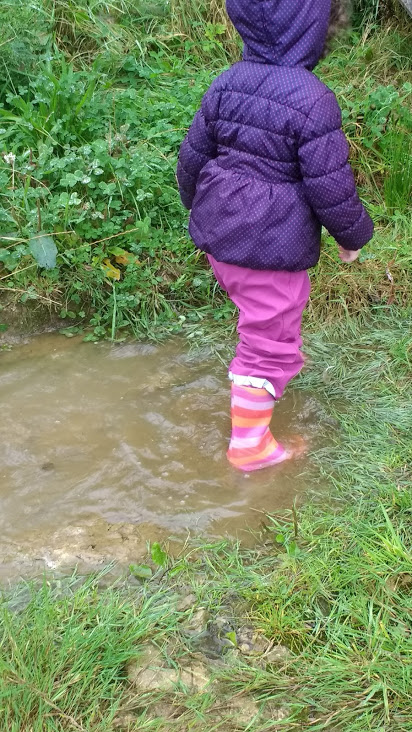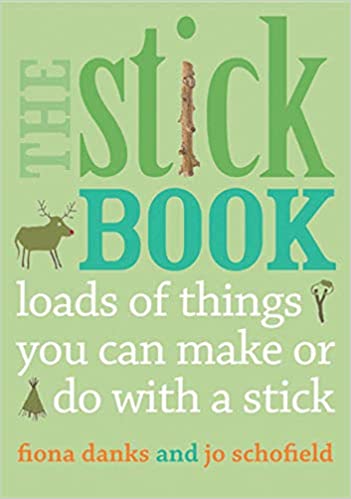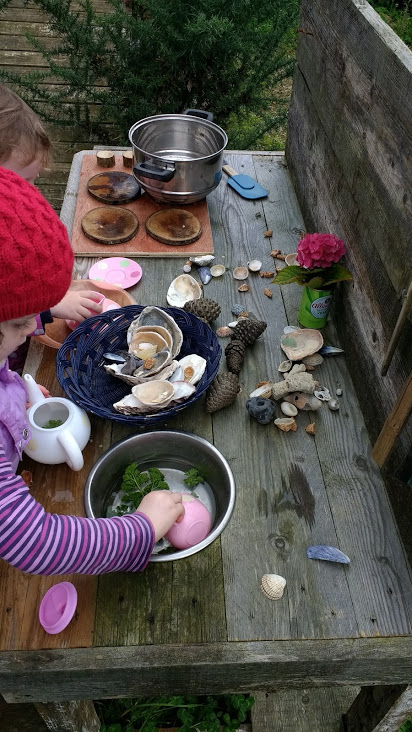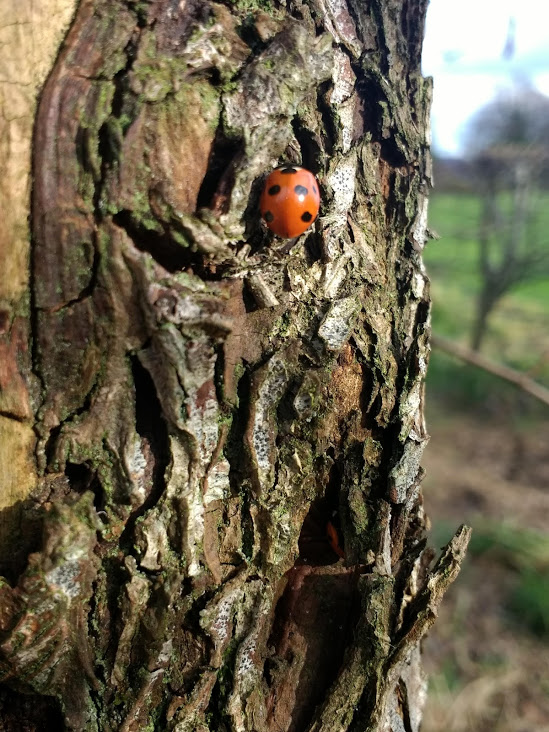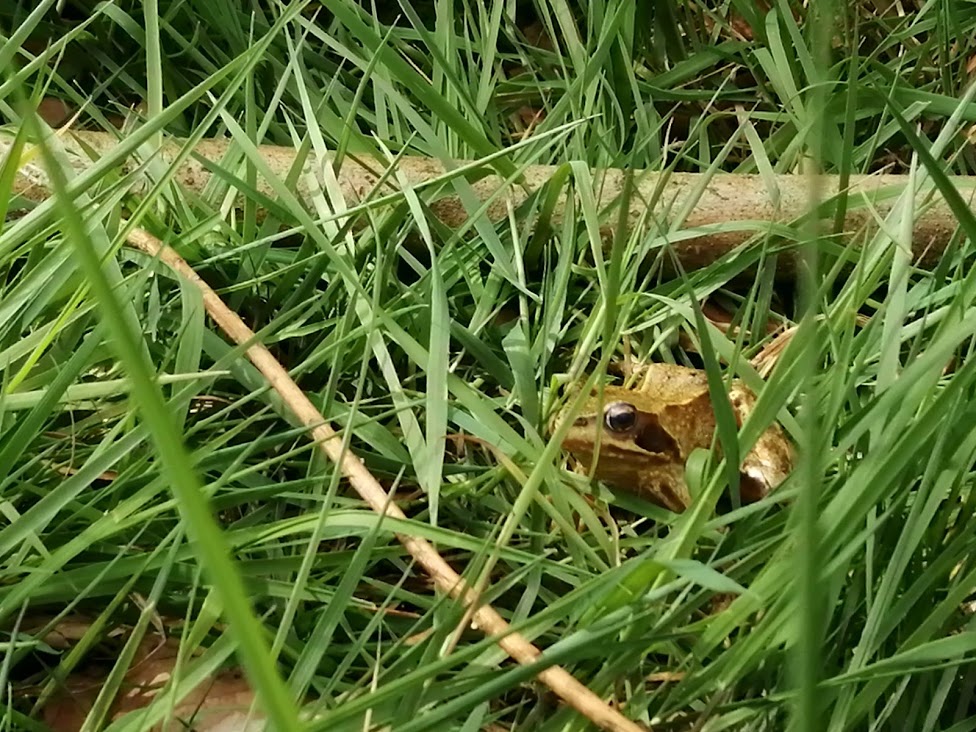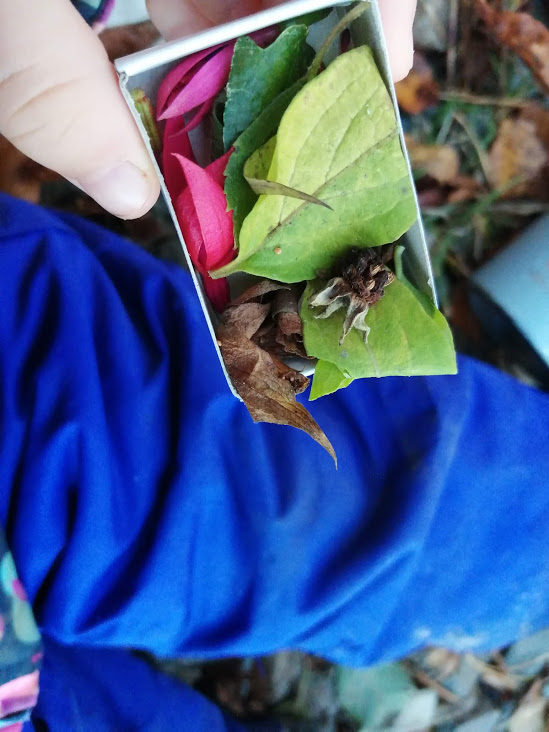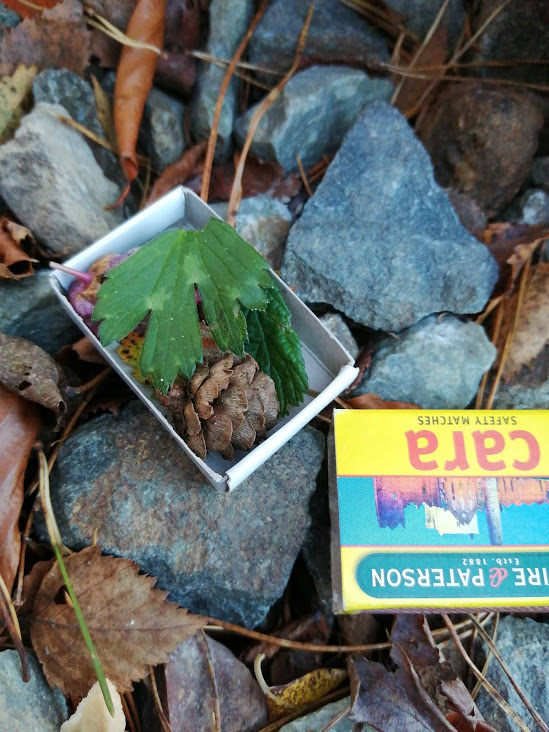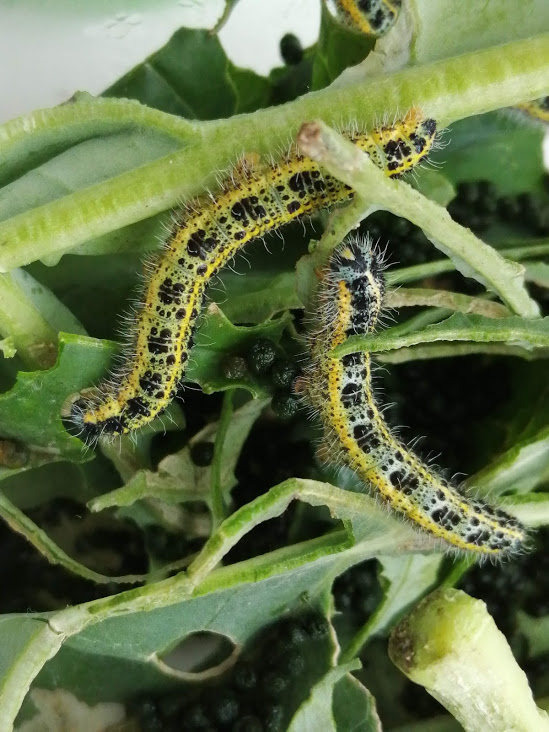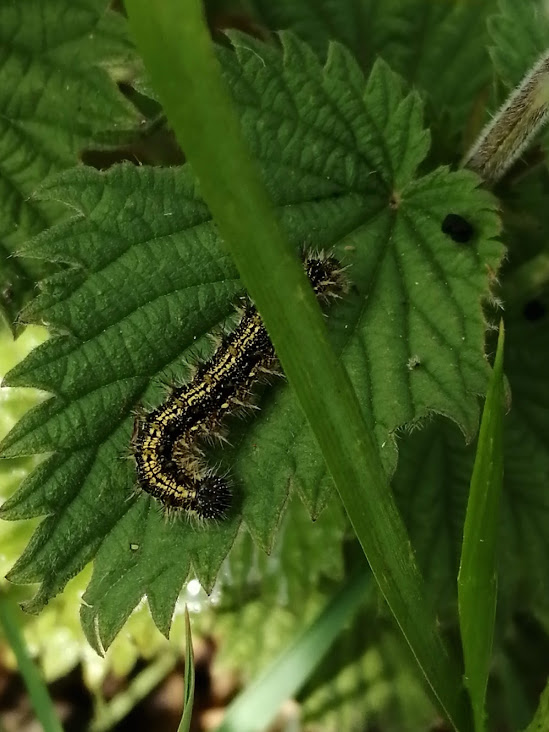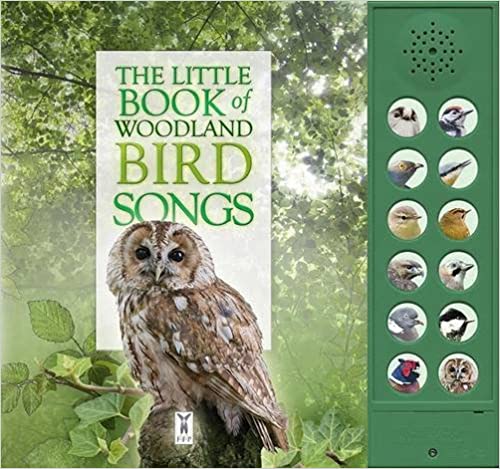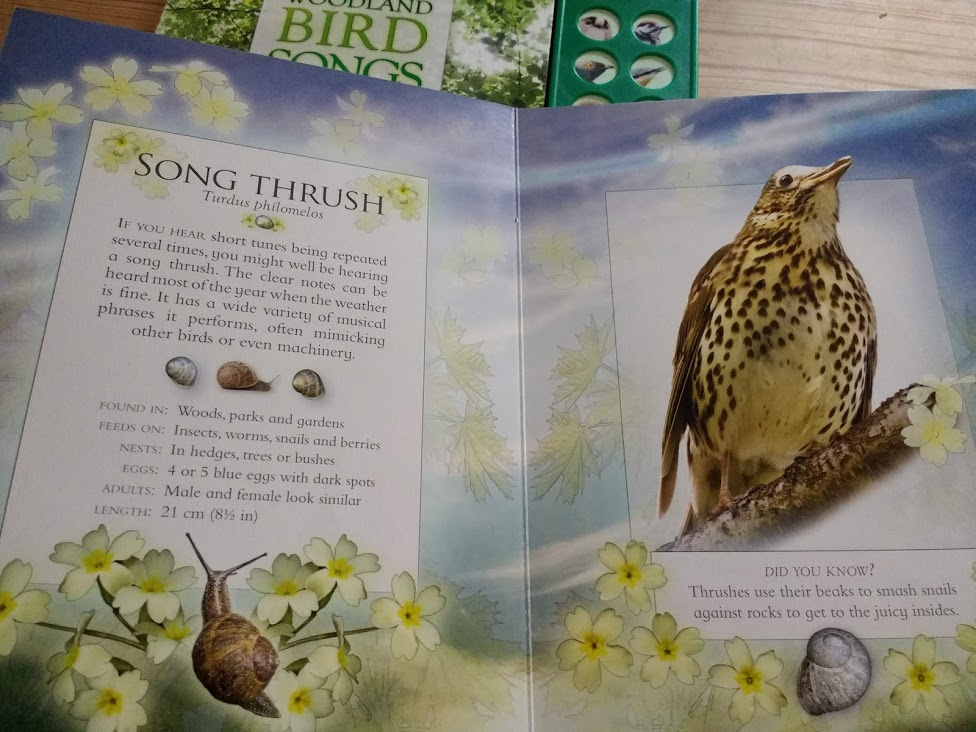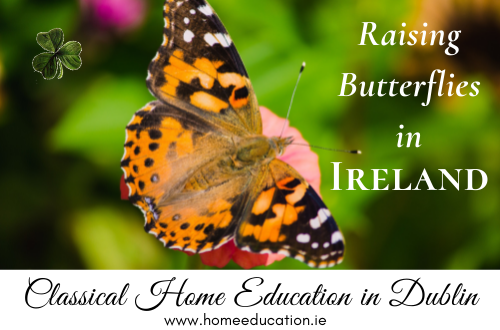Guest Post: Encouraging Reluctant Nature Students
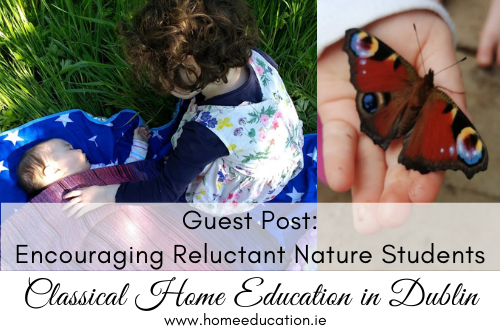
Charlotte Mason wrote “We are all meant to be naturalists, each in his own degree, and it is inexcusable to live in a world so full of the marvels of plant and animal life and to care for none of these things.” (Home Education, page 61) But what can we do if our children just aren’t interested in nature?
Irish nature lover and home educator Maireen has written a lovely post describing encouraging reluctant nature students. She has included some of her beautiful photographs of her family. You can see more of her photos on her Instagram.
The early years promised to be beautiful and idyllic. We would do as Charlotte suggested. We would spend time outdoors. I would spread the blanket out on a sunny day and sit and knit or learn to embroider or read quietly to myself while the baby gurgled in the grass as the sun kissed her toes. My three year old would explore happily and come back to tell me all she had found. The plan was wonderful. And so we began. But hang on….there were still jobs to be done. If this was going to work I couldn’t just disappear outside and let the house fall to wrack and ruin. I decided I would have to bring the laundry out instead of embarking on my mother culture projects. Never mind – all would be well. I brought the laundry outside, nursed the baby to sleep and began to fold the first item. Then the three year old announces, “I’m bored – there’s nothing here – play with me”. Hang on a minute….
Charlotte said children were supposed to love this quiet growing time – that this was the time of life when children were quickest to take in the world around them without the need for teaching. My job as a parent was to use these early years to give my daughter space, and to gently guide her towards this “sense of wonder and keen observation”. But how? Go outside. A lot. Every day. Go outside with my daughter – but not to sit and play with her. My job was more as a guide drawing her attention to the natural world and all its wonders so that she would learn to love the treasures of nature.
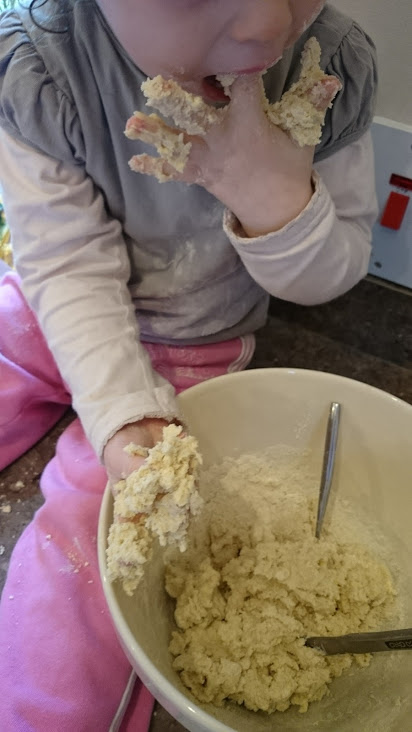
I will admit, just between us, that I found the situation immensely frustrating. Why wasn’t my daughter immediately in love with nature? I gave up all hope of sitting blissfully and rocking this homeschooling business. How was I going to draw her focus to the wonder and beauty of nature? How was I going to encourage her to explore on her own? This three year old who adored all things unicorn and princessy. This three year old who didn’t like getting dirty unless it was in the process of licking the cake batter off of the beaters. How would I convince her that creepy crawlies and dirt were interesting or even fun?
In desperation I lay on my back and looked up at the sky and the trees. I tried picking out animals in the clouds. I watched birds flying in and out from under the eaves of the house. I wondered out loud whether it was the mammy or the daddy I saw. I wondered how many babies they were feeding. She started to perk up. I rolled onto my belly and began searching through the grass to see what I could find. She sat and watched me for a while, unimpressed. I oohed and ahhhed and she glanced over and inched across to me. She lay down beside me and watched. She got excited as she spotted some little insects. We chatted about them. I called it a good start but how to build on it? It turns out she wasn’t going to automatically go out and explore nature. I would have to show her and jolly her along.
I scrapped the original plan and formed a new one. We would have to journey along together. After all, Charlotte encouraged mothers to encourage a love of investigation in their children. I started with baby steps. We put on wellies and jumped in puddles. We planted pretty flowers in the garden and I let her pick out vegetables for planting. We found earthworms as we dug and wondered at their wriggly dancing – would they do different dancing if we sang them different songs? In case you wondered too, the answer is no. We hunted for a perfect stick. There is a lot that can be done with a stick. We stumbled across The Stick Book: Loads of things you can make or do with a stick by Fiona Danks and Jo Schofield (Amazon, Book Depo, library) in our local library. We sat and flicked through its pages on rainy days and planned and plotted. Gradually as we got used to being outside and exploring nature, she wandered off more and more. I could suggest things for her to search for or better still she decided for herself. It was slow progress but I could see her interest developing. When I began dabbling in nature journaling, she even insisted on pulling out her own notebook. Progress. Now…how could I encourage the independent exploration and deep-diving into nature that I so longed for her to have.
Once again Charlotte herself has wonderful suggestions for encouraging a love of nature and attention to detail. We play a game when we are out on our nature walks. We will take turns to head off and find something – a tree, flower, plant – study it for a few minutes and then come back and describe it. The others have to try and guess what it is that is being described. Sometimes the girls will pick something they know. Sometimes they will pick a new thing. If they can’t describe it in enough detail for me to guess, I ask a list of general questions to help get my girls describing. Is it shiny or dull, prickly or soft? How tall is it? What are the leaves like on each leaf stalk – one big leaf, one small leaf or lots of leaves branching off one long leaf stalk? A variation we play sometimes is with a pencil and paper. Instead of having to guess what the object is, the person listening to the description has to draw what they hear. Both these variations develop the all important attention to detail and the latter is a lovely baby step into nature journaling. If you want to know what we bring on our nature walks then please check out my previous post.
Another game we like is a nature treasure hunt. All you need is a couple of match boxes and a challenge is set. Head out into your nature spot or even just the back garden. The challenge is to see who can get the most items into their box in the allotted time. Perfect – fill it with sand and win. Hang on a minute clever clogs. Each item must be unique – no doubling up. And each item must be a beautiful treasure. You have to be able to explain why it caught your eye and why it warranted a spot in your box. It is fascinating to hear the reasoning that little ones apply when defining treasure. Alternatively, make a sticky bracelet out of sellotape and stick your treasures to your bracelet and you have beautiful jewellery ready for a princess or perhaps a power band for a superhero.
I’ll admit that creepy crawlies have been a bit of a challenge here. We have swung from one side to the other in a love-hate relationship with all things invertebrate. My now six year old has gone through phases of refusing to touch anything vaguely wriggly, crawly or slimy-looking through to trying to bring a jar of pet slugs into bed, back to not even wanting to use the bug catcher for fear of accidentally touching something. Currently, we are somewhere in the middle and when she finds a slug, while she won’t touch it, she’ll inspect it closely and then announce what relation it is to Bob, her pet slug whom we have long since released. It’s a work in progress. Sometimes we have a discovery competition. Each person picks a rock or a fallen branch to look under. And we see who can find the most creepy crawlies under their item. Or who can find the biggest number of species. Occasionally when we have found snails hiding out, we have branched out to have a snail race. I kid you not. Make a start line and a finish line and let your contestants loose. You can pick up the shell without touching any slimy bits.
One of the best things we have undertaken to encourage a budding wonder in minibeasts has no doubt been adopting a caterpillar to study. They are a nice middle ground in that while they themselves can definitely qualify as creepy crawlies, what they transform into is nothing short of breathtakingly beautiful. Frequently this summer, there has been a cry of “Where’s my bug catcher?!?” as a new caterpillar has been found and rehomed. Some have been in the early stages and still on the plant and have to be fed and looked after carefully. Others have been at the more exciting phase of pupating and all they needed was a safe elevated spot. The excitement is not limited to the girls when we see a caterpillar pupating in front of our very eyes. Or when we find a newly emerged butterfly drying out her wings and get to release her into the great blue beyond. I’ll do another post in more detail about studying caterpillars at a later date but it is suffice to say for now, that caterpillars have been a big hit here. And the stranger they look, the more fascinated the girls have been.
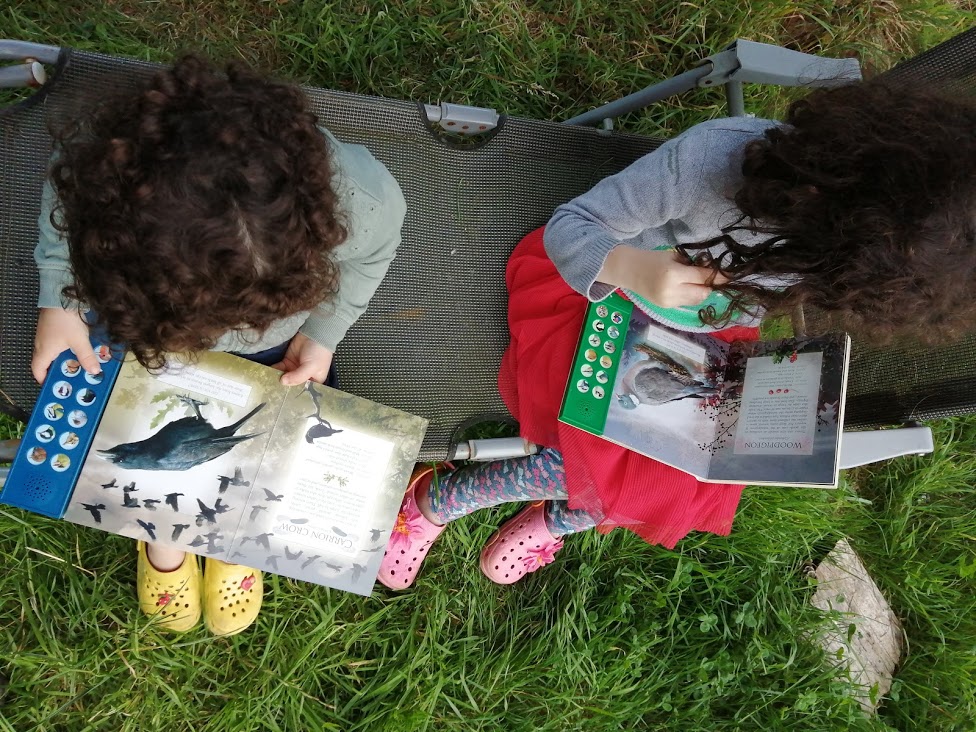
On a more aesthetically pleasing note, I picked up two of the birdsong books produced by Fine Feather Press. I had read mixed reviews on how good the actual recordings were in the book but decided to take the plunge and ordered The Little Book of Garden Bird Songs (Fine Feather Press, Amazon, Book Depo, Library) and The Little Book of Woodland Bird Songs (Fine Feather Press, Amazon, Book Depo, Library). My then three year old opened them up and looked with some interest. Occasionally we would hear a bird outside and then come and try to play all the bird calls in the book to see if we could pick out what bird we had heard. But one day, late in the summer we had the patio doors flung open wide. Our new baby girl was fast asleep and her big sister wandered over to the table and pressed the song thrush button. We heard the same song being answered from the middle of a tree in the garden. We sat up. Try it again, we said. She pressed the button again and again. Each time the song thrush outside answered her. She was hooked. Even today, the books are much more battered and worn and have had to have their batteries replaced but she and her little sister will pick up the books to “do some birdwatching”.
Another simple thing to do is to set up a bird feeding station. I have mentioned previously that we use a window mounted bird feeder. Often when all is quiet in the kitchen, a gentle tap tapping can be heard that alerts us to a visitor at the window. The girls will inch quietly over to see who they can spy before they fly off again. Bird ID books are pulled out of baskets while they search for the visitor. A new favourite is to request my phone and to plug the details into Merlin, the bird ID app that I use. Merlin will often play a sample of the bird call as well which is always a hit here. If you would like to see other reference books we use, please read my previous post here.
These are just a few of the activities I have found that have worked to encourage my somewhat reluctant nature student to explore more and to fall in love with nature. In the process my own fascination has deepened alongside her. Some days our nature walks are for me if I am really honest. I want to see if the violets are out or spot which trees are budding out first. But my reluctant nature student allows herself to be caught up in my enthusiasm when there is no pressure to join in. We are journeying together. The best advice I can give is to allow your child to see you interested in nature. Allow them to see your curiosity and wonder blossom. They can’t but help become curious themselves.
“The child who sees his mother with reverent touch lift an early snowdrop to her lips, learns a higher lesson than the ‘print-books’ can teach.”
Charlotte Mason, Home Education, page 63
Click here to subscribe and I will let you know when I put up new posts, about once a month or so. Ensure you click the confirmation email to complete the process in order to receive emails.


